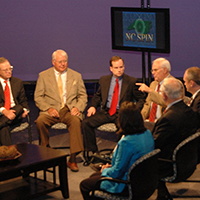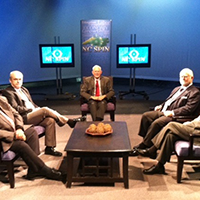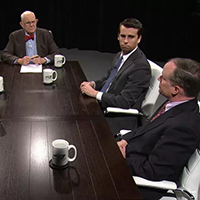From Andy Wells, representative of N.C. House, District 96, and N.C. Senator-Elect, District 42:
After 30 years in business, I’ve figured out that regardless of the ideas of well-meaning but over-ego’ed politicians, economic and demographic trends are more powerful than government. It’s a hard fact, but the logic is unbending: No president or governor has the power to stop trends like an aging population or urbanization.
What’s puzzling – and what I have trouble understanding – is why politicians have such a penchant for making change harder to live with – and more expensive.
Toward the close of the 2013 legislative session, there was a hot debate in the General Assembly over House Bill 1224, a bill to broaden North Carolina’s incentives funding – which a lot of our leading politicians felt was a pretty good idea.
Now incentives – or government subsidies to corporations to encourage them to locate in North Carolina – have a long history. Years ago, the General Assembly set up a formula for allocating state incentive grants. They divided North Carolina’s 100 counties into three groups – they put the wealthiest 20 counties (the Haves) in Tier 3, the poorest 40 counties (the Have-Nots) in Tier I and the middle 40 (the also Have-Nots) in Tier 2.
The theory was straightforward: Incentives were structured in a way that the Have-Nots who needed more jobs would be eligible for more incentives. The theory made sense. But it didn’t work out.
When I asked for a breakdown of how state incentives funds have been spent historically – what came back was a shock. Between 2007 and 2013 the state handed out more than a billion dollars in incentive grants. The 40 poorest counties – who needed the most help – received only 16 percent of the grants. The 40 middle tier counties (the Also Have Nots) received a dismal 7 percent. And the rest – 76 percent of the incentive grants – went to the state’s wealthiest 20 (Have) counties. The Haves, who were doing just fine, gobbled up three-quarters of the pie.
Now, in Raleigh, a lot of folks would say that’s even more proof that big government doesn’t solve problems. And they’ve got a point. On the other hand, a lot of other folks would also say we’ve simply proved, when it comes to grabbing for the state loot, that the big and rich counties have a lot more muscle than the smaller, poorer counties.
Either way, we’ve still got a multi-million dollar incentive program. And it’s still broken.







